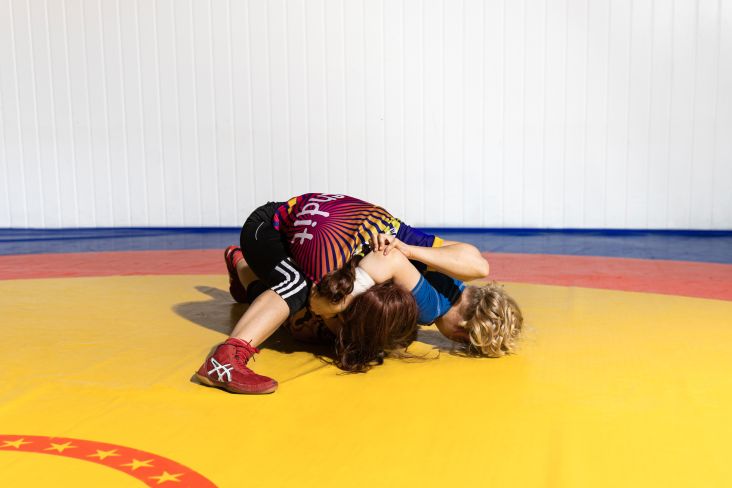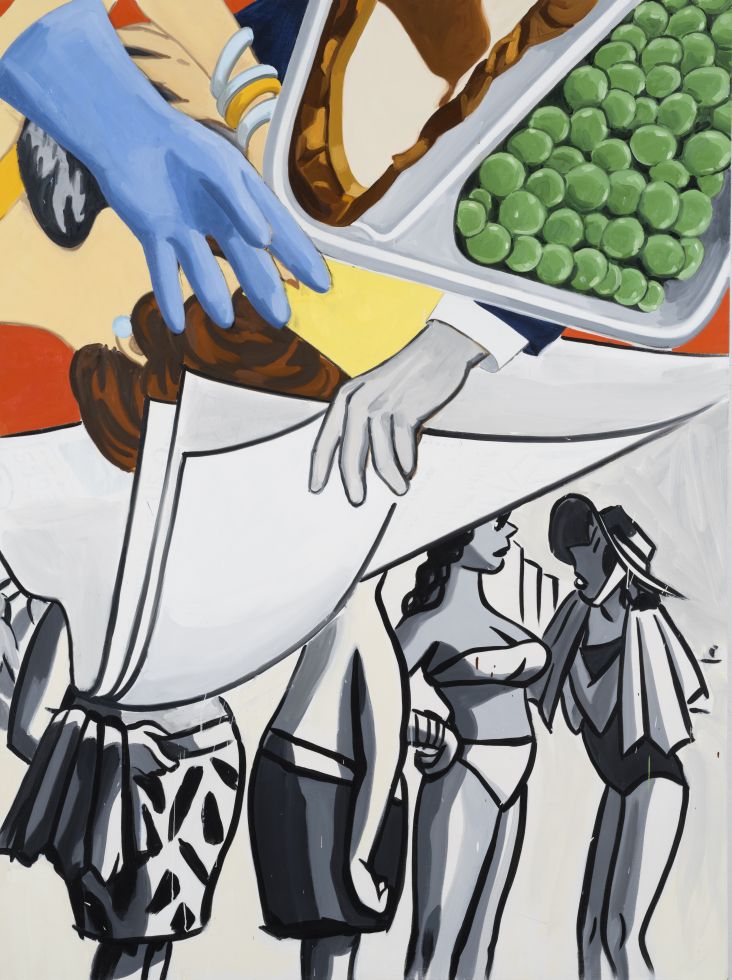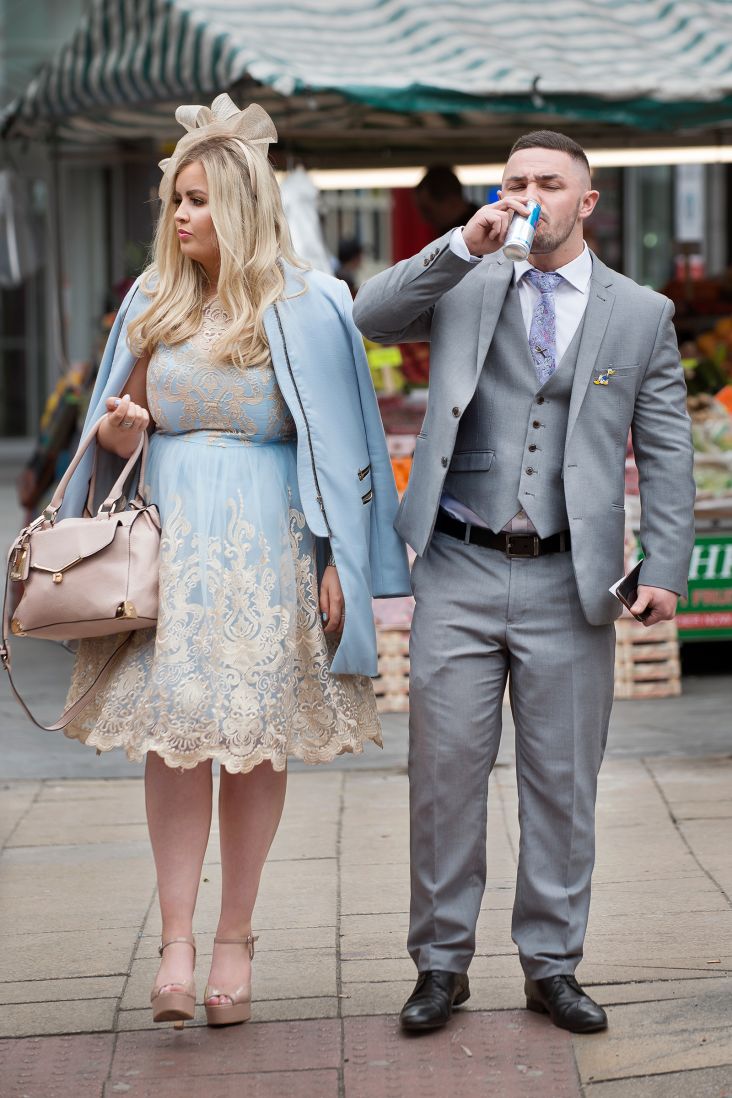Never-before-seen works by Barnett Freedman, one of the UK's most influential illustrators and designers
A peer of Eric Ravilious and Edward Burra, Barnett Freedman was a pioneering artist at the interface of modern art and design in 20th century Britain.
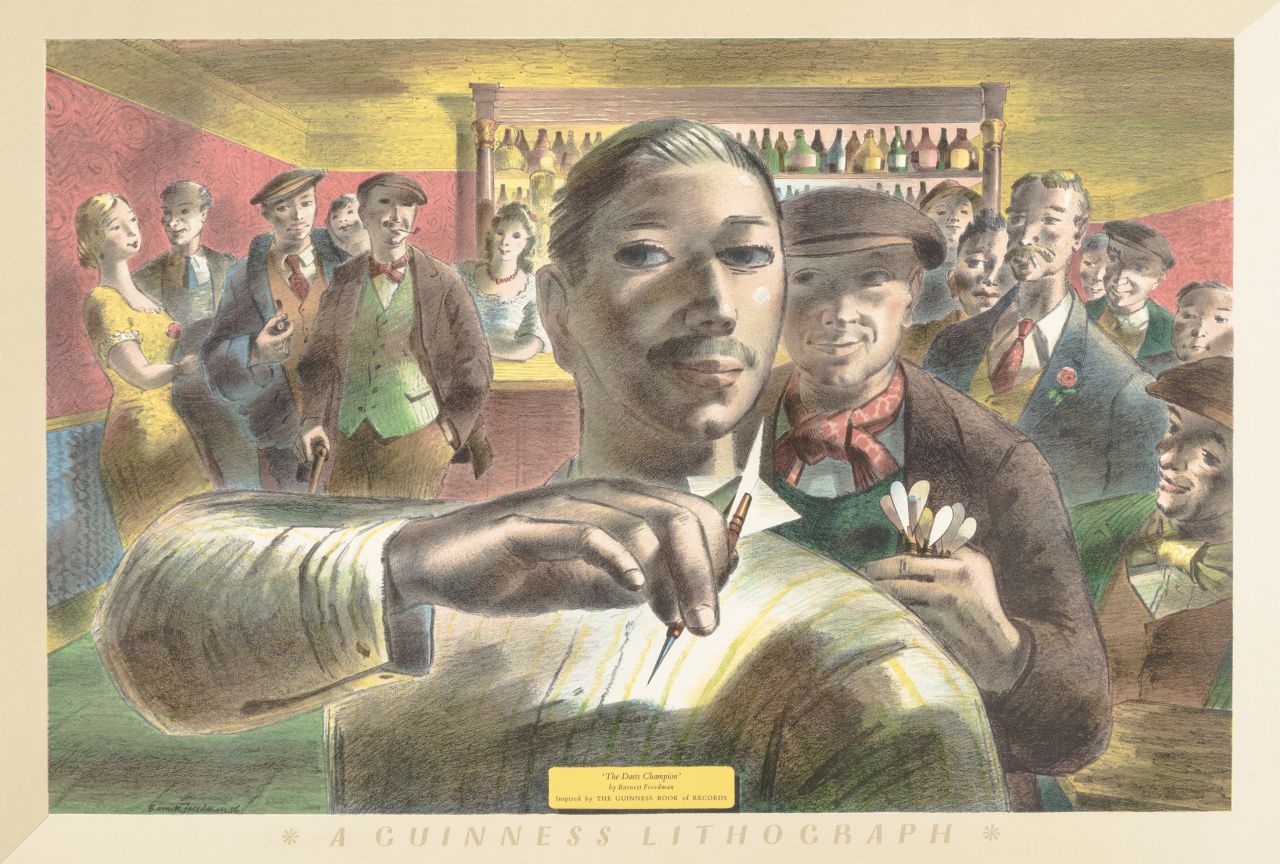
Barnett Freedman, The Darts Champion (for the Guinness Prints), 1956, Lithograph on paper, Emma Mason © Barnett Freedman Estate
Now you can discover more in the first major exhibition on his life and work, from his humble beginnings in East London to his subsequent rise to become one of the UK's most sought-after book illustrators and commercial designers who brought art to the masses.
Launching on 14 March at Pallant House Gallery in Chichester, the show will feature never-before-seen works from Freedman's fine art practice with his book illustration, printmaking and commercial projects, giving us more of an understanding of his design process through unique lithographic stones and rare proofs. It will also include works from his time as an Official War Artist during the Second World War, including his first-hand illustrations of the aftermath of the D-Day landings.
Born in East London to Jewish immigrants from Russia, Freedman showed an early talent for drawing which led to him working as an architect's draughtsman from the age of 16 where he developed his typographic design skills.
Recognising his talents, William Rothenstein gave Freedman a place at the Royal College of Art in 1922, after he had initially been rejected. There he met fellow artists Eric Ravilious, Edward Bawden, Edward Burra and Enid Marx. The group studied under Paul Nash, who would later refer to this period at the RCA as "an outbreak of talent". A related display will show works by these contemporaries from the Gallery's collection of modern British art.
Freedman's career took off in 1931 after his first major commission, for book publishers Faber & Faber, to design and illustrate Siegfried Sassoon's Memoirs of an Infantry Officer. He went on to illustrate dozens of book covers for British and American publishers, titles including Dickens' Oliver Twist and Charlotte Brontë's Wuthering Heights as well as Tolstoy's War and Peace and Anna Karenina – the latter recognised as two of the finest examples of 20th-century book design.
Freedman was an outstanding commercial designer, considered a world expert in colour auto-lithography for machine production. He produced a huge output of mid-century graphic design for clients such as Ealing Studios (including their logo), the Post Office, Shell-Mex and British Petroleum, Wedgwood, London Transport and Lyons' Tea Houses, many examples of which will be on display.
Freedman worked for Guinness in the 1950s as their 'man of art and letters', advising them on advertising campaigns for the Guinness Lithographs series of prints for pubs. Freedman's commercial designs championed the depiction of ordinary Londoners on city streets, and he created artworks that anyone could encounter in their everyday lives: from book jackets in local shops to posters on the London Underground and beer advertisements in pubs.
Freedman's skills at typography led him to design the Baynard Claudia typeface, named after his Italian wife Beatrice Claudia Guercino. In 1935 Freedman was chosen to design The King's Stamp, a postage stamp to commemorate the Silver Jubilee of HRH King George V and later he made designs to celebrate the Coronation of HRH Queen Elizabeth II.
At the outbreak of the Second World War, Freedman was appointed as an Official War Artist with the British Expeditionary Force in France along with Edward Ardizzone and Edward Bawden, later painting coastal defence subjects in Sheerness and the Isle of Sheppey. In 1941 he worked onboard HMS Repulse, producing a popular print for the National Gallery, and in 1943 recorded submariners aboard HMS Tribune. In June 1944 he travelled to France to record the aftermath of the D-Day Landings.
After the war, Freedman taught at the Royal College of Art and Ruskin School of Art. He received a CBE in 1947 and made Royal Designer for Industry in 1949. He is still widely regarded as one of the most influential artist lithographers of 20th century Britain.
Freedman had a lasting legacy on British book illustration, printmaking and graphic design, and this is the first major reappraisal of his work since his 1958 Arts Council retrospective at the Tate Gallery.
Barnett Freedman: Designs for Modern Britain opens on 14 March 2020 and continues until 14 June 2020 at Pallant House Gallery in Chichester.
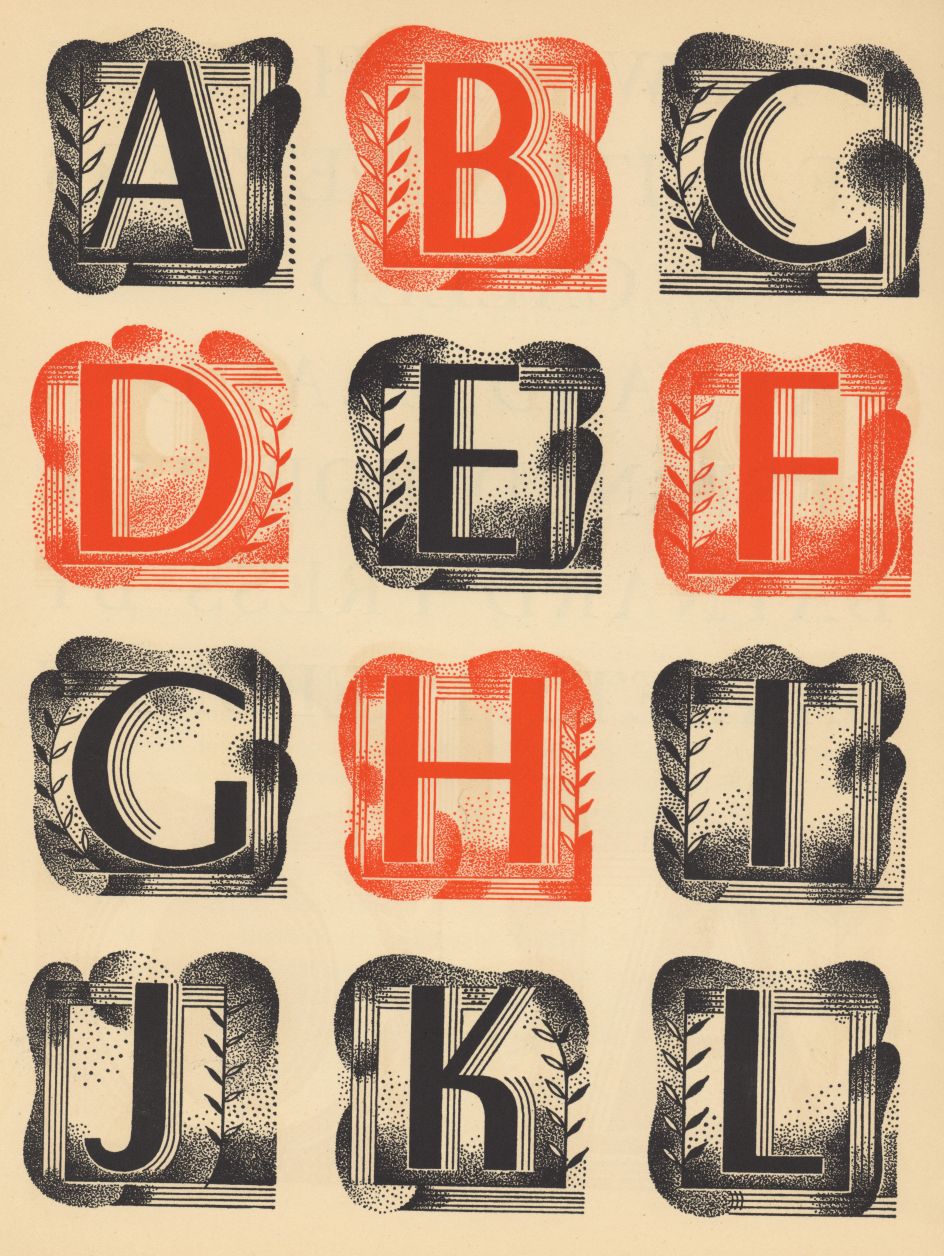
Barnett Freedman, Baynard Claudia Book, 1935, Manchester Metropolitan University © Barnett Freedman Estate
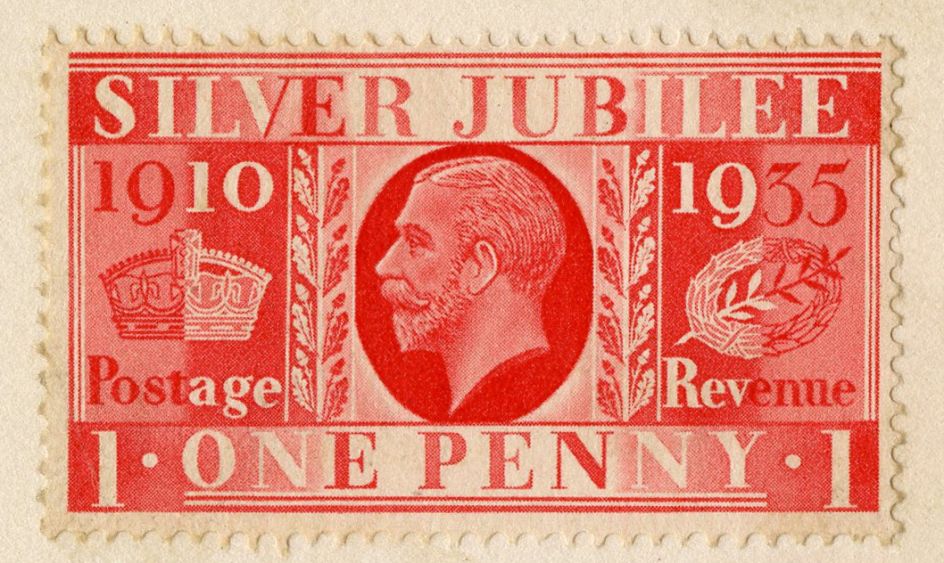
Barnett Freedman, Silver Jubilee postage stamp, 1935 Manchester Metropolitan University Special Collections © Barnett Freedman Estate
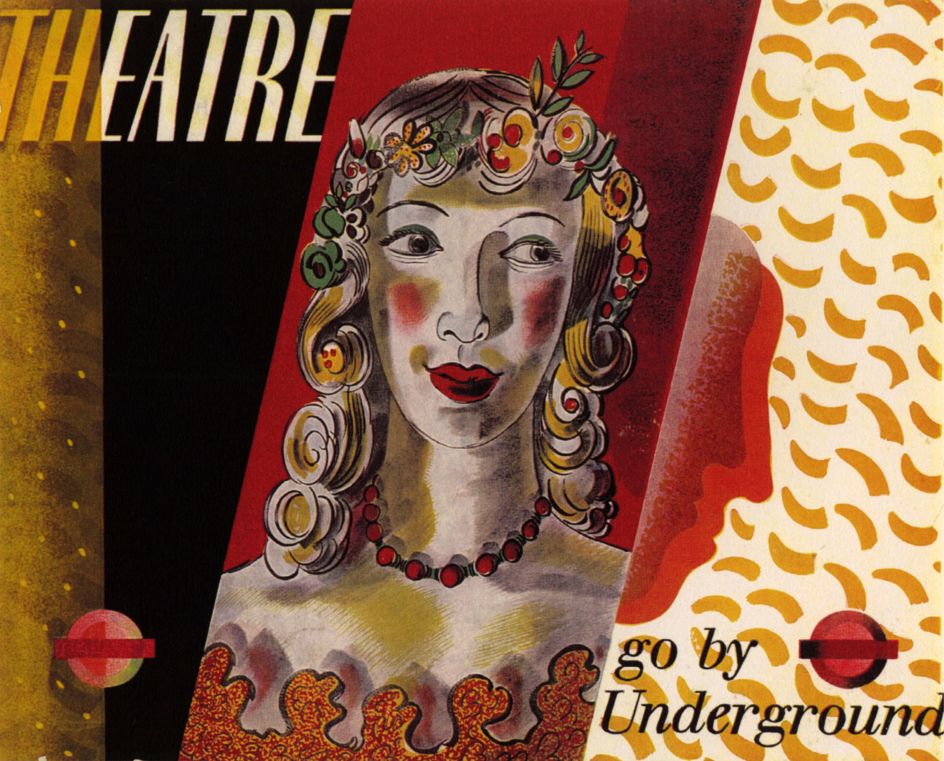
Barnett Freedman, London Transport poster, 1936, Private Collection © Barnett Freedman Estate
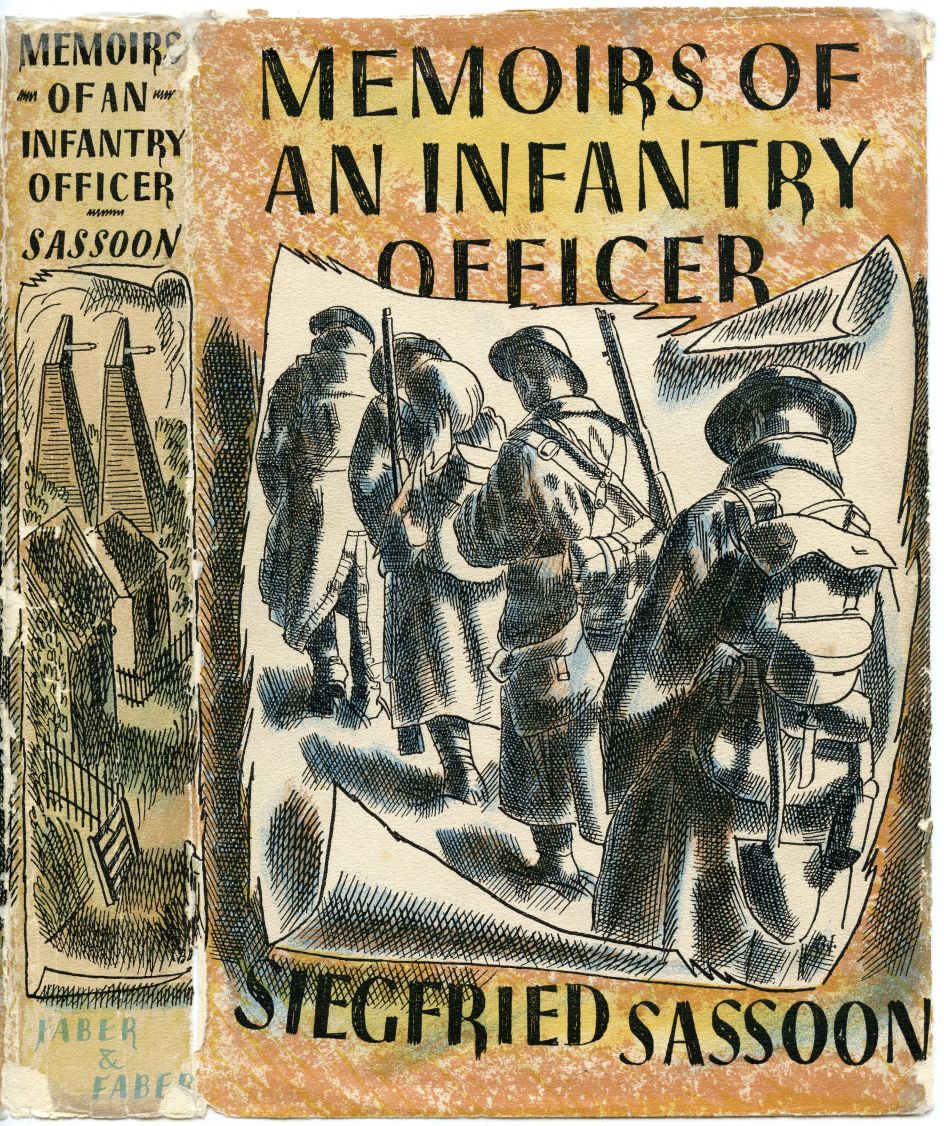
Barnett Freedman, ‘Memoirs of an Infantry Officer’ by Siegfried Sasson, 1941, Book jacket, Manchester Metropolitan University Special Collections © Barnett Freedman Estate
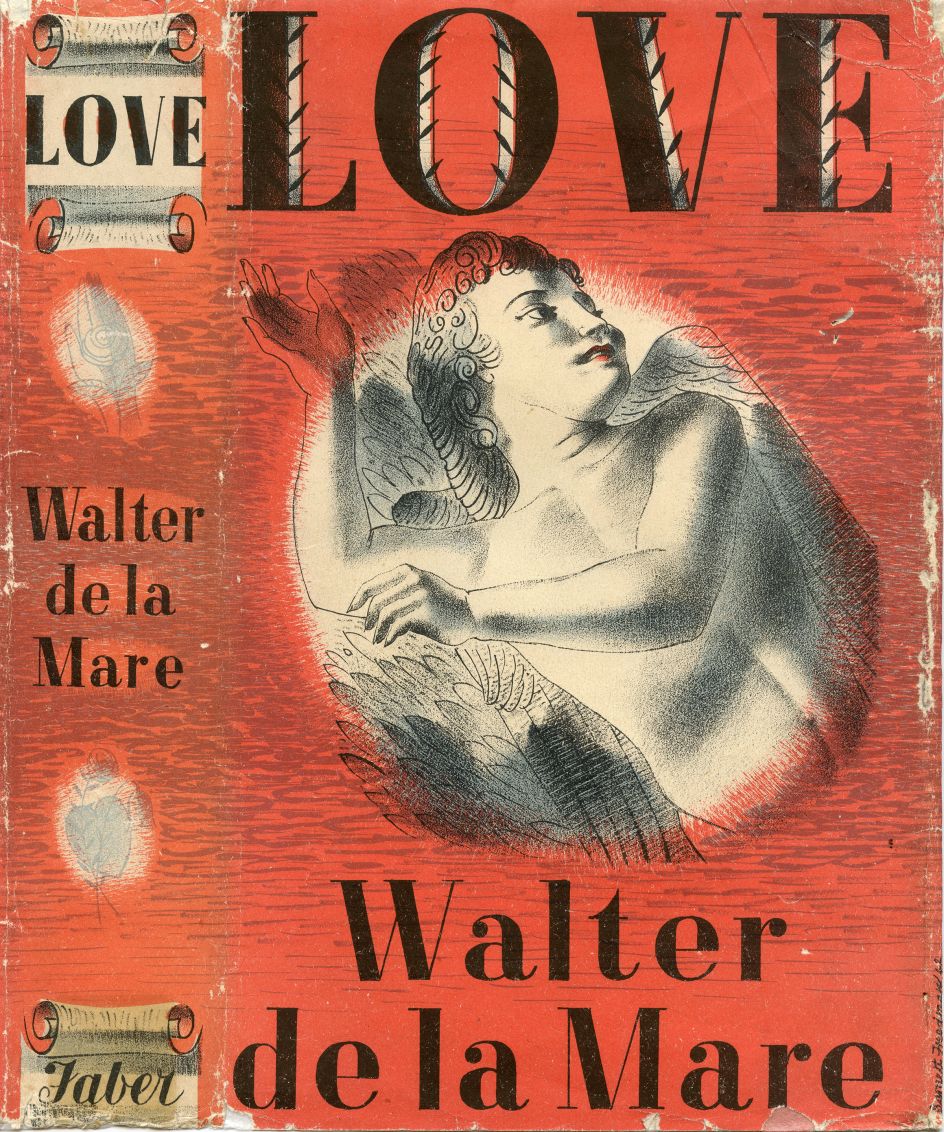
Barnett Freedman, ‘Love’ by Walter de la Mare, 1943, Book jacket, Manchester Metropolitan University Special Collections © Barnett Freedman Estate




 by Tüpokompanii](https://www.creativeboom.com/upload/articles/58/58684538770fb5b428dc1882f7a732f153500153_732.jpg)


 using <a href="https://www.ohnotype.co/fonts/obviously" target="_blank">Obviously</a> by Oh No Type Co., Art Director, Brand & Creative—Spotify](https://www.creativeboom.com/upload/articles/6e/6ed31eddc26fa563f213fc76d6993dab9231ffe4_732.jpg)








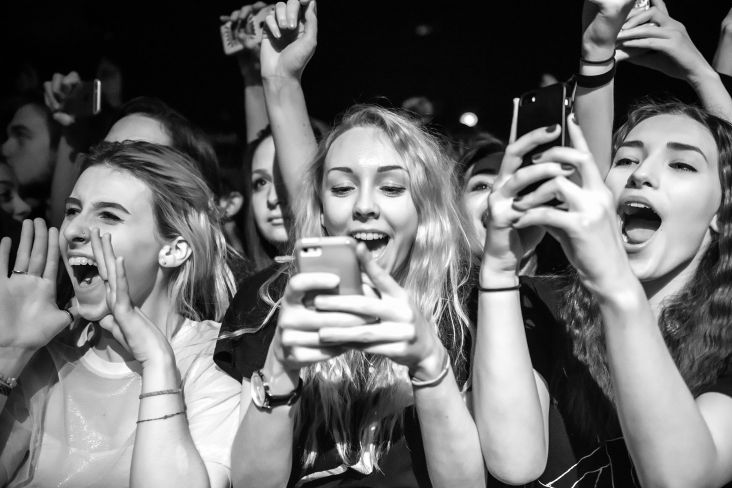
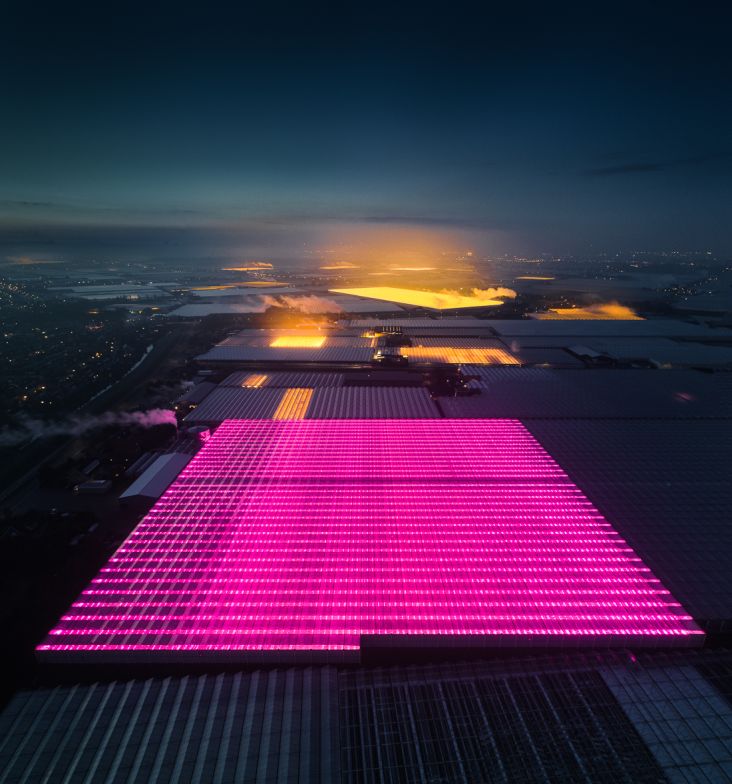
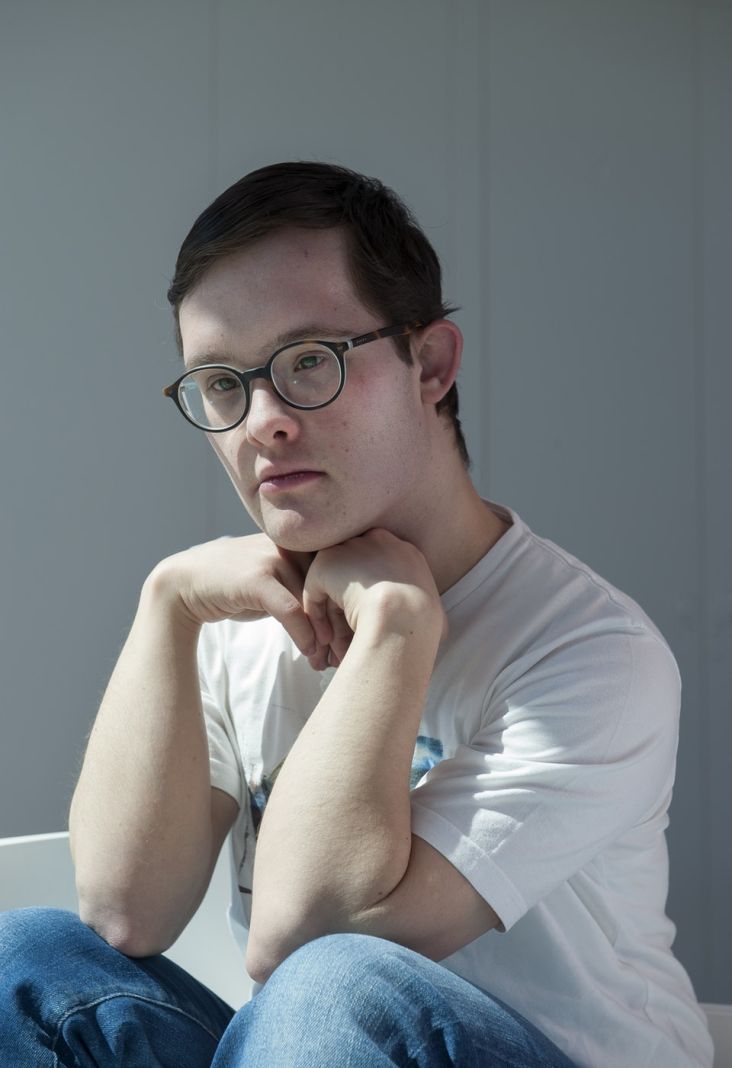
. Via submission. All images courtesy of the photographers.](https://www.creativeboom.com/upload/articles/b6/b629d88af14577229eab2549d8b3b688346f93fe_732.jpg)

